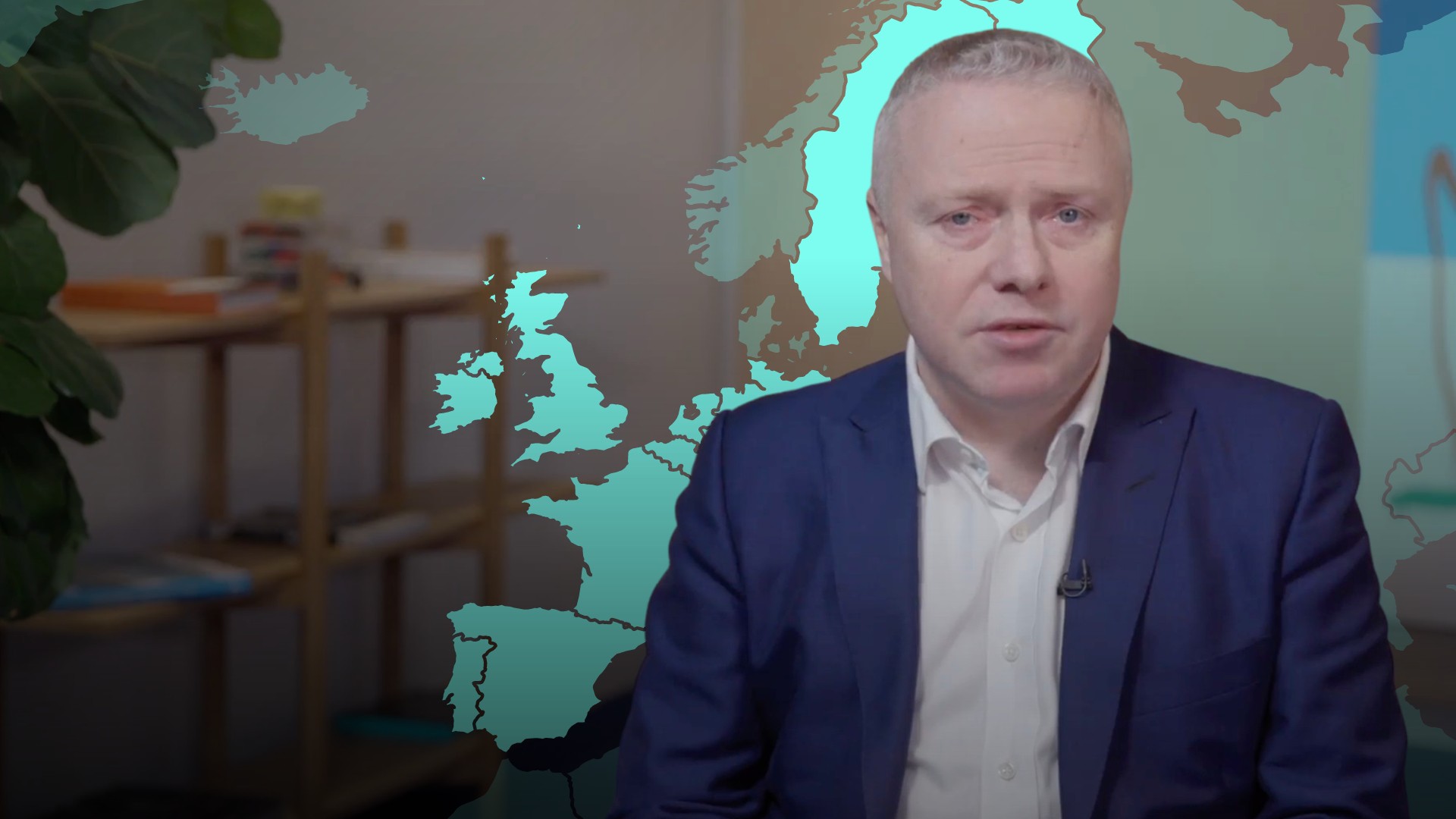
Open-End Fund
Investment funds can be open-ended or closed-ended. In an open-ended fund, an investor can purchase as many units as they want or can afford. The fund just grows in size as the fund administrator creates additional units, or shrinks if an investor sells and units are cancelled. The price of units is a function of the fund’s net asset value. Open-ended funds offer their investors daily liquidity. By contrast, closed-ended funds a.k.a. investment trusts have a fixed number of shares and investors can only buy when shares are offered at the fund’s inception (at IPO) or from a selling party once listed. Unlike open-ended funds, closed-ended funds can borrow money to create leveraged market exposure.




























